
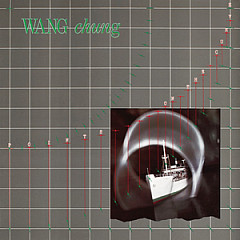
Wang Chung's '80s classic "Dance Hall Days" is about how things can start simple but end up complex. First you "take your baby by the hand," but by the end she has an amethyst in her mouth.
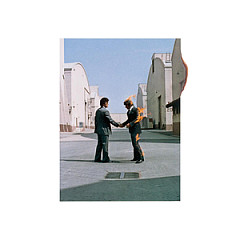
Pink Floyd's "Shine On You Crazy Diamond" is about their founding member Syd Barrett, who became an acid casualty. Notice the S-Y-D in the title.
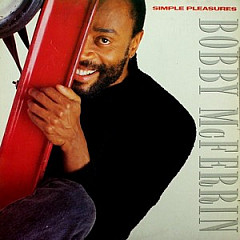
The song "Don't Worry Be Happy" doesn't use any instruments - it's all Bobby McFerrin using various parts of his body to make the sounds.
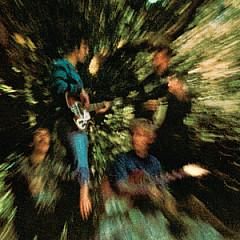
John Fogerty was not born on the bayou - he's from Berkeley, California. He got the idea for the song when CCR was on tour in Louisiana.
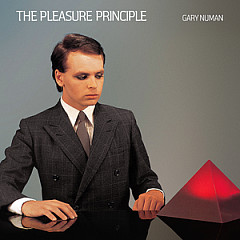
In Gary Numan's "Cars," the message is that cars lead to a mechanical society devoid of personal interaction. This didn't stop automakers from using it in commercials. Both Nissan and Oldsmobile have used it in ads.
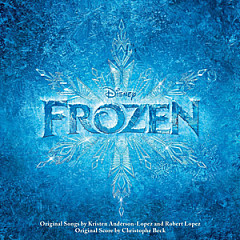
The Frozen song "Let It Go" was recorded in 42 different languages for the movie's foreign releases. This earned it an entry in the 2016 Guinness World Records publication for "Most Languages Featured on a Single."
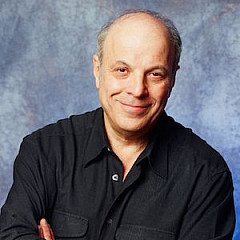
After studying in Paris with a famous composition teacher, Charles became the most successful writer of TV theme songs.
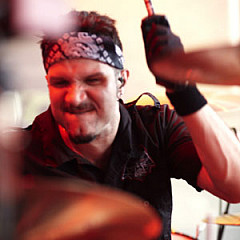
The drummer for Anthrax is also a key songwriter. He explains how the group puts their songs together and tells the stories behind some of their classics.
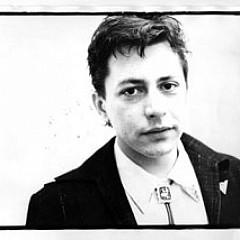
The renown Texas songwriter has been at it for 40 years, with tales to tell about The Flatlanders and The Clash - that's Joe's Tex-Mex on "Should I Stay or Should I Go?"
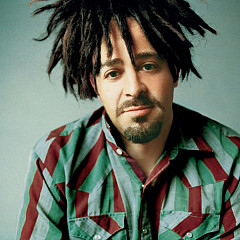
"Mr. Jones" took on new meaning when the song about a misguided view of fame made Adam famous.
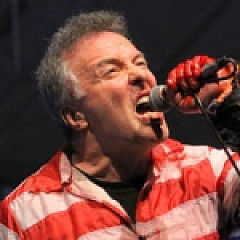
The former Dead Kennedys frontman on the past, present and future of the band, what music makes us "pliant and stupid," and what he learned from Alice Cooper.
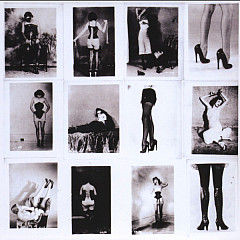
The Nails lead singer Marc Campbell talks about those 44 women he sings about over a stock Casio keyboard track. He's married to one of them now - you might be surprised which.